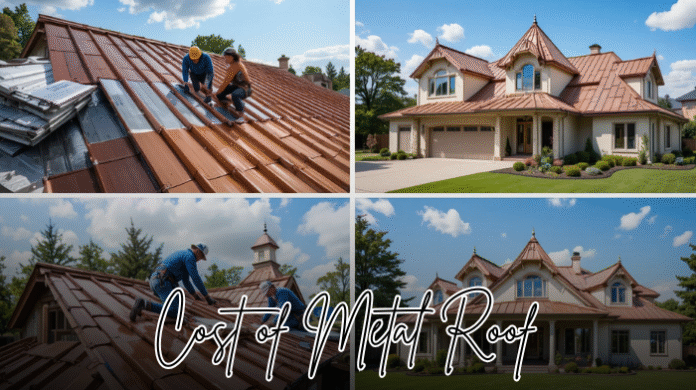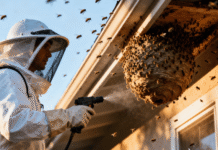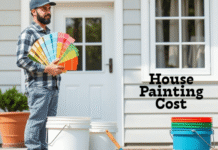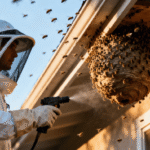Table of Contents
Cost Of Metal Roof
Metal roofing has long moved beyond barns and warehouses. Today, homeowners are increasingly choosing it for its lifespan, curb appeal, and long-term value. Yet many pause at the price tag, unsure whether the investment truly pays off. Understanding the total cost goes far beyond just the price of panels.
When evaluating the cost of metal roof installation, it becomes clear that the real expense is shaped by material selection, roof structure complexity, labor pricing in your region, and long-term upkeep. By breaking down these variables, homeowners can confidently determine whether a metal roof is a high-return investment or simply an unnecessary premium.
| Cost Factor | Details | Typical Price Range | Notes |
| Material Type | Corrugated Steel | $4 – $7 per sq. ft. installed | Most affordable, often used for barns/sheds |
| Standing Seam Metal | $8 – $14 per sq. ft. installed | Sleek modern look, hidden fasteners | |
| Aluminum Panels | $9 – $16 per sq. ft. installed | Lightweight, corrosion-resistant | |
| Copper or Zinc | $15 – $30+ per sq. ft. installed | Premium appearance, long lifespan | |
| Roof Size & Complexity | Simple Gable Roof | Lower labor cost | Easy to install, minimal cutting |
| Hip or Multi-Level Roof | Higher labor costs | More trimming and flashing work | |
| Labor Installation Rates | Standard Installation | $3 – $7 per sq. ft. | Varies by region and pitch |
| Steep or Multi-Story Roof | +15% to +30% labor increase | Requires additional safety setup | |
| Maintenance Fees (Annual/Occasional) | Professional Inspection | $150 – $350 per year | Prevents hidden leaks or loose panels |
| Fastener Tightening | $200 – $500 every 10 years | Mainly for exposed fastener systems | |
| Recoating or Repainting | $1,000 – $3,000 after 25–30 years | Extends surface protection |
Why Metal Roofs Cost More Than Traditional Shingles
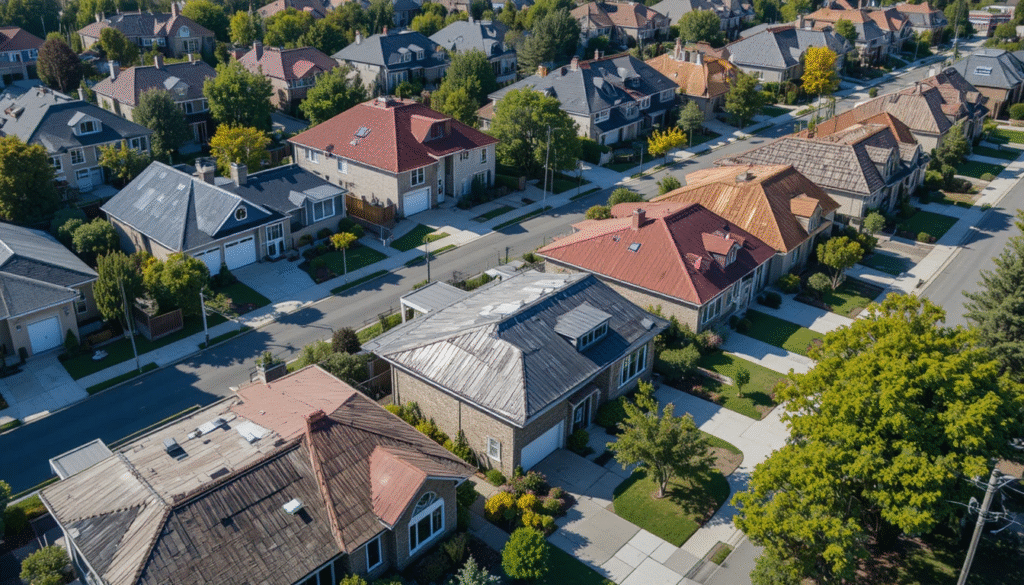
Standard asphalt shingles are mass-produced and fast to install, keeping costs low. Metal roofs demand precision cutting, custom flashing, and more skilled labor. While the upfront price may be double or even triple that of shingles, metal roofing lasts two to three times longer and requires minimal replacement. The investment becomes a long-term financial strategy rather than a one-time purchase.
Comparing Metal Roofing Materials
Each type of metal offers its own balance between cost, aesthetics, strength, and maintenance expectations.
Material Cost Breakdown and Durability Comparison
| Metal Type | Average Material Cost Per Sq. Ft. | Lifespan | Appearance | Maintenance Level |
| Aluminum | $3 – $6 | 40+ years | Matte or painted finish | Low – rust-proof |
| Galvanized Steel | $4 – $7 | 30–50 years | Traditional metallic or painted | Moderate – may need coating |
| Galvalume Steel | $4 – $8 | 40–60 years | Smooth metallic tone | Low – highly corrosion-resistant |
| Copper | $9 – $20+ | 70+ years | Premium patina over time | Low, ages naturally |
| Zinc | $8 – $16 | 60–100 years | Soft gray that self-heals | Very low – highly resilient |
| Tin (Terne-coated steel) | $3 – $5 | 30–40 years | Classic vintage look | Moderate – recoating needed |
How Roof Size and Pitch Influence Final Pricing
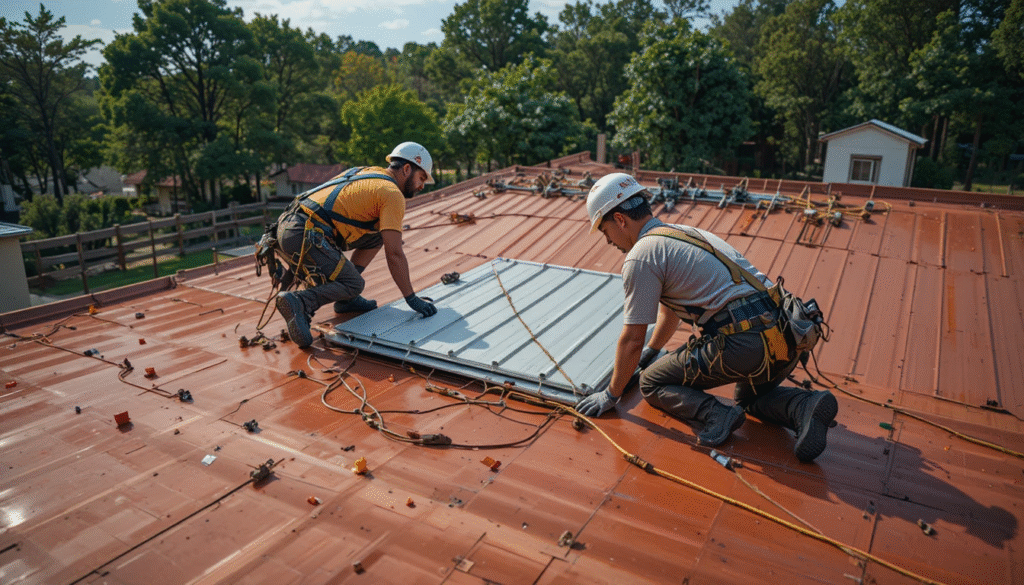
A small single-story home may pay half the installation cost of a large two-story property. Roof pitch adds complexity — a steep surface requires additional safety equipment and longer installation time, increasing labor fees. Flat and low-pitched roofs cost less but may require specialized drainage or membrane underlayments when paired with standing seam systems.
Key Factors That Raise or Lower Pricing
- Roof Shape Complexity – Multiple dormers, valleys, or chimneys add cutting and flashing work.
- Tear-Off vs. Retrofit – Installing over existing shingles reduces disposal labor but isn’t always recommended.
- Underlayment Type – Synthetic waterproofing membranes boost performance but increase cost.
- Ventilation and Insulation Changes – Some metal roofs require airflow upgrades for condensation protection.
Labor Rate Differences Across the U.S.
While materials are fairly consistent nationwide, labor varies dramatically. Urban regions with high demand for metal roofing specialists tend to have higher installation bids. Remote areas may face price hikes due to travel and limited supplier access.
Typical labor rates range from $2 to $5 per square foot, but complex standing seam systems may push that to $6 or more. Contractors with certified installation credentials often charge more — but improper installation can void manufacturer warranties, making skilled labor a worthwhile investment.
Long-Term Value — Does a Metal Roof Pay for Itself?
The financial return of metal roofing is not immediate but accumulates over decades. Homeowners avoid future tear-off costs, benefit from improved resale value, and experience ongoing energy efficiency.
Key Financial Advantages
- Energy Savings – Reflective metal surfaces can lower cooling bills by 10–25%.
- Insurance Perks – Some insurers offer discounts for fire and hail-resistant roofs.
- Higher Home Appraisal Value – A house with a 50-year roof is a strong selling point.
- Minimal Replacement Costs – Most metal roofs outlast mortgages.
Maintenance Costs
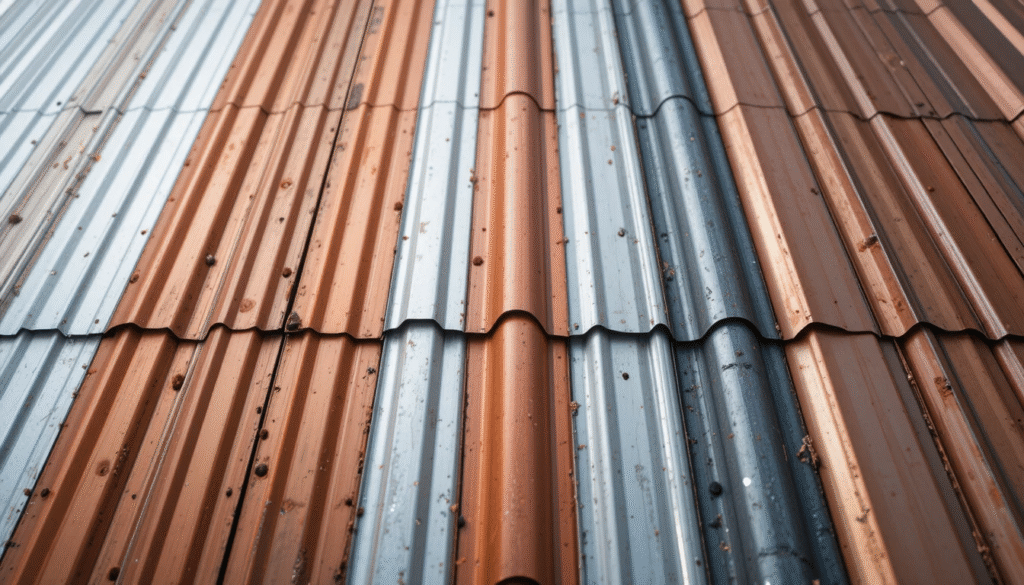
Low Maintenance Advantage
Metal roofing requires far less upkeep than shingles, tile, or wood shakes. Most systems stay in excellent condition with simple care rather than frequent repairs.
Routine Care Needs
Annual inspections and light debris cleaning are usually sufficient to keep the roof performing at its best. Leaves, branches, and standing water should be cleared to prevent staining or moisture buildup.
Long-Term Surface Protection
Steel-based metal roofs may require repainting or recoating after 25 to 30 years. Even when this step becomes necessary, the expense remains minimal compared to a complete roof replacement.
Typical Maintenance Expenses
- Professional inspection — $150 to $350
- Recoating when needed — $1,000 to $3,000, depending on roof size
- Fastener tightening every ten years — $200 to $500 for exposed fastener systems
Is a Metal Roof Worth It for Every Home?
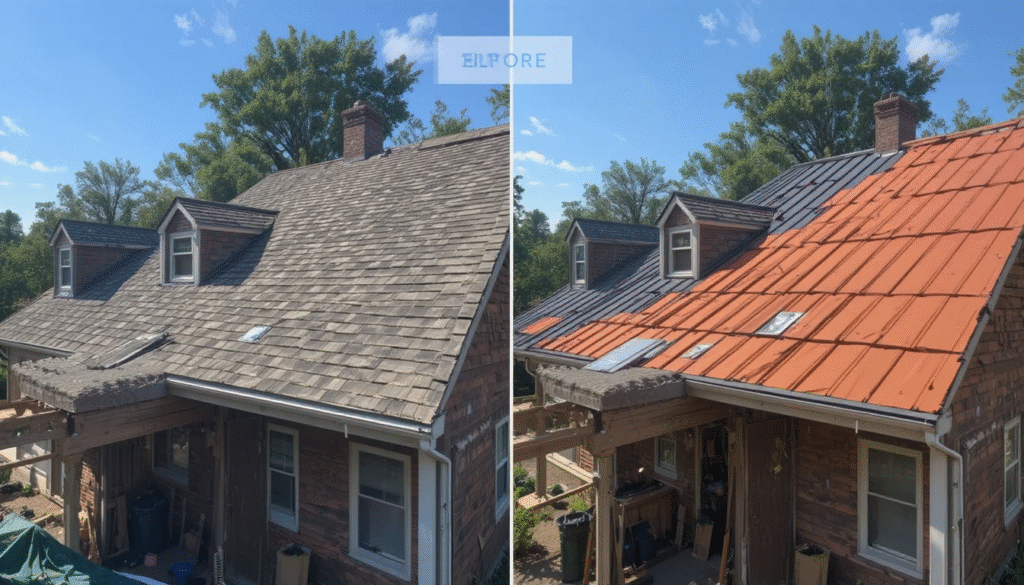
Not always. Metal roofing shines when long-term ownership is the plan. For short-term residents or rental properties, the initial cost may not justify itself. However, in regions with high wind, hail, or wildfire risk, metal roofing isn’t just a luxury — it’s a defense system. Climate resilience often becomes the most decisive factor.
Best Situations for a Metal Roof Investment
- Homes in coastal, snow-heavy, or storm-prone regions
- Properties where curb appeal and resale value matter
- Homeowners planning to stay beyond 10+ years
- Structures requiring low maintenance and lifetime durability
Final Verdict
Metal roofing carries a premium price, but the cost reflects performance rather than aesthetics alone. When evaluated across decades, not just at installation, it often becomes one of the most financially sound home upgrades.
By carefully choosing material type, understanding labor expectations, and planning for minor maintenance rather than primary replacement, homeowners unlock long-term protection and value that conventional roofing cannot match.
Want to know about How Seasonal Changes Impact Your Roof’s Health Check out our Home Improvement category.
FAQs
The main types of metal roofing materials include steel, aluminum, copper, and zinc. Each has its own benefits, costs, and suitability for different climates.
The total cost can vary widely based on material choice, roof size, labor rates, and complexity of design. For a typical installation, costs can range from $11,000 to $22,000 for a 2,000-square-foot roof.
Key factors include material type, roof size and pitch, complexity of the design, labor rates in your region, and any necessary permits or inspections.
Metal roofs can last 40 to 70 years or more, depending on the material and maintenance practices.














